Sasami, An Artist That Spans
Sasami Ashworth is so romantically hardcore: she recently got a Johannes Brahms tattoo to accompany the ink she already has depicting composers Richard Strauss and Gustav Mahler. “I’m a real classical nerd,” she says. In 2012, Ashworth graduated from the Eastman School of Music at the University of Rochester with a double major in horn performance and music education. She went on to teach music, compose scores, contribute to various studio albums, and play in bands such as Dirt Dress and Cherry Glazerr.
Since her departure from Cherry Glazerr in 2018, Ashworth has been busy finishing and releasing her first solo recordings. Following the release of two singles, “Callous” and “Not the Time,” her debut full-length SASAMI dropped in March with Domino Recording Co. The tracks were written during Ashworth’s free time while on tour with Cherry Glazerr, and the result is a fascinating mix ranging from lyrically-driven songs like “I Was a Window” to the granular synth noise of “Jealousy.”
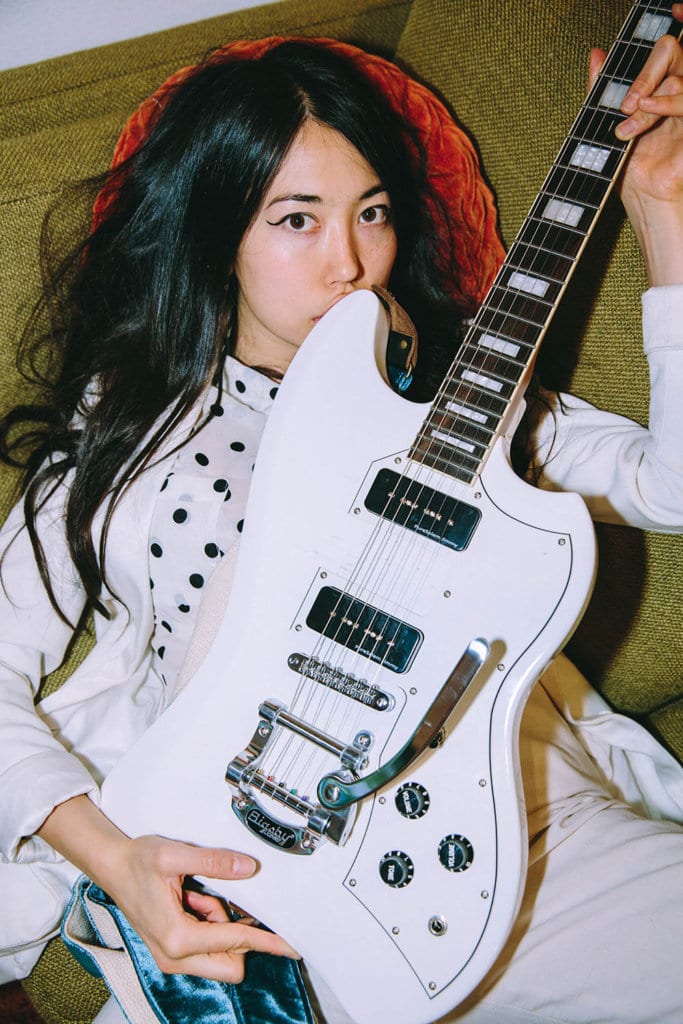
Your new record is quite a detour from Cherry Glazerr. What made you decide to go solo?
It’s funny because I have this body of work, but I never said, “I’m going solo, I’m making a record.” I just wrote these songs while on tour because I needed to. You spend so much time traveling and so little time playing music. Writing a song can be like drawing, watercoloring, or collaging; it’s a [form of] expression.
I spent probably two days on each demo. You reach a certain point where you’re like, “This is done.” Then I spent every penny [I had] on going into the studio because it’s pretty expensive to record on tape. I didn’t have a house for two years because I didn’t have money for rent, [so] it was just a really natural progression. I was like, “I guess I should tour because I need to make money and I don’t want a normal job and I don’t want to rent a house.”
The Fader called you “rock’s next big thing” but you also write scores. Then the sound of your new album is more lo-fi, whereas Cherry Glazerr was more grunge-punk. What kind of music do you prefer to make?
My background is playing French horn, which is an acoustic instrument. Then I was playing synth in Cherry Glazerr, so I got really into synthesis and electronic music. When I was making SASAMI, I was getting into guitars: learning how to break up amps, how to use pedals, and how to use different strumming patterns. I was really into guitar sounds and listening to bands like Pavement, My Bloody Valentine—super guitar-based music. This record is my experimentation in writing with guitars. There are synths on it, but it’s definitely a guitar record.
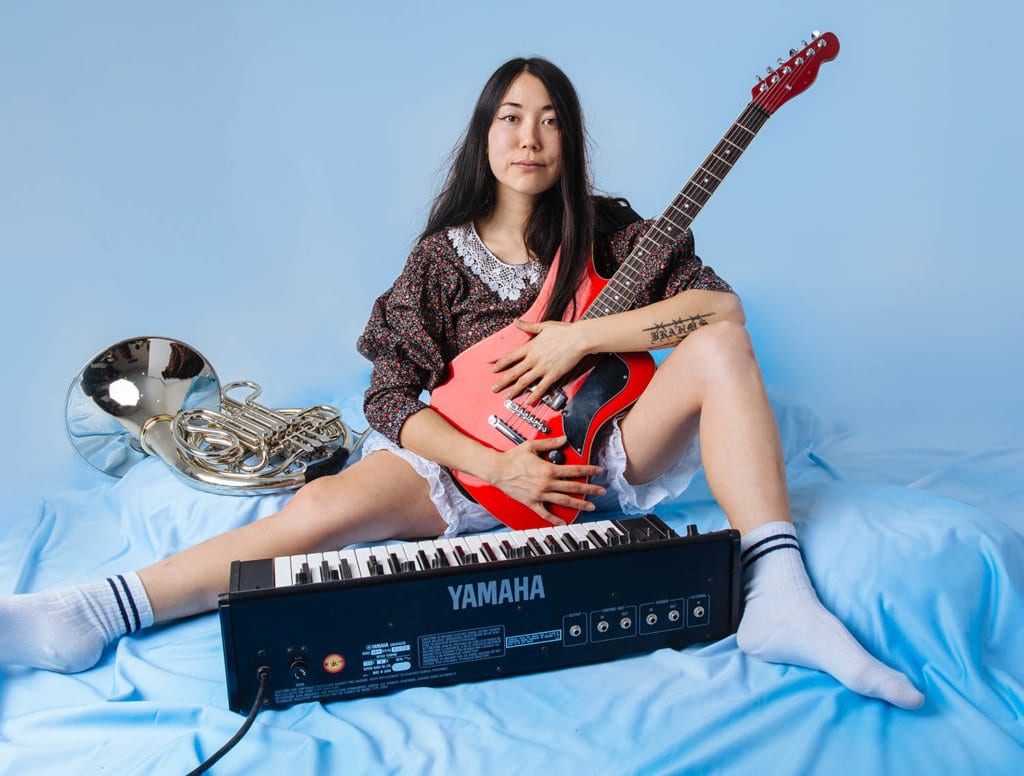
What kind of gear do you use when you play live?
I use a PureSalem guitar, which is a boutique company out of Miami, Florida. The guitar is called a Mendiola. It has a mini-humbucker in the bridge and a Telecaster pickup in the neck, and I pretty much always use the Telecaster because it’s brighter. I write a lot using the guitar as the bass and the guitar, especially because I tour as a three-piece. I play the parts live like I did when I wrote them. I use a lot of the low strings and it helps to have a brighter pickup so it doesn’t get too muddy, and I get a lot of attack on it, more of the initial tone. Then, because I’ve been touring primarily support tours, I typically use whatever amp is available in the backlines.
So when you go on tour, you get to try a bunch of amps that you wouldn’t otherwise.
When we toured with The Breeders, we were renting backlines, but when we toured with Soccer Mommy and Snail Mail, they just let me use their amps. I use quite a few pedals in my set because I have a lot of dynamics written into my songs, so every time I use a different amp it’s such an educational experience. For example, Sophie from Soccer Mommy uses a JC-77. It’s a really clean, loud amp, so I had to play much harder to break up the amp to get a distorted sound, whereas on a Fender amp that I’m used to playing, I know exactly the sweet spot of how hard I have to strum to drive my amp.
I’m Korean, so even when I talk about breaking up guitar amp tones, I still talk about it as a kind of academic thing. I can’t help it.
Guitars have six strings; it’s like six different instruments. And then you have all these harmonics reverberating off of it, and you’re adding this effect to automatically make it louder.
Speaking of, I noticed that a lot of the Asian American rock artists that I listen to have a classical music background.
It’s the reason why I connected to rock so easily. Guitars have six strings; it’s like six different instruments. And then you have all these harmonics reverberating off of it, and you’re adding this effect to automatically make it louder. If you listen to orchestral music, there are epic moments that sound like you’re punching a boost pedal on because all of a sudden it goes from just strings to all these horns and all these basses coming in on the low note, and they’re playing ponticello so it sounds super shredded. A guitar is like a tiny orchestra. It has rhythmic elements, it has bass, it has melodic elements, it has high tones, and it has harmonics.
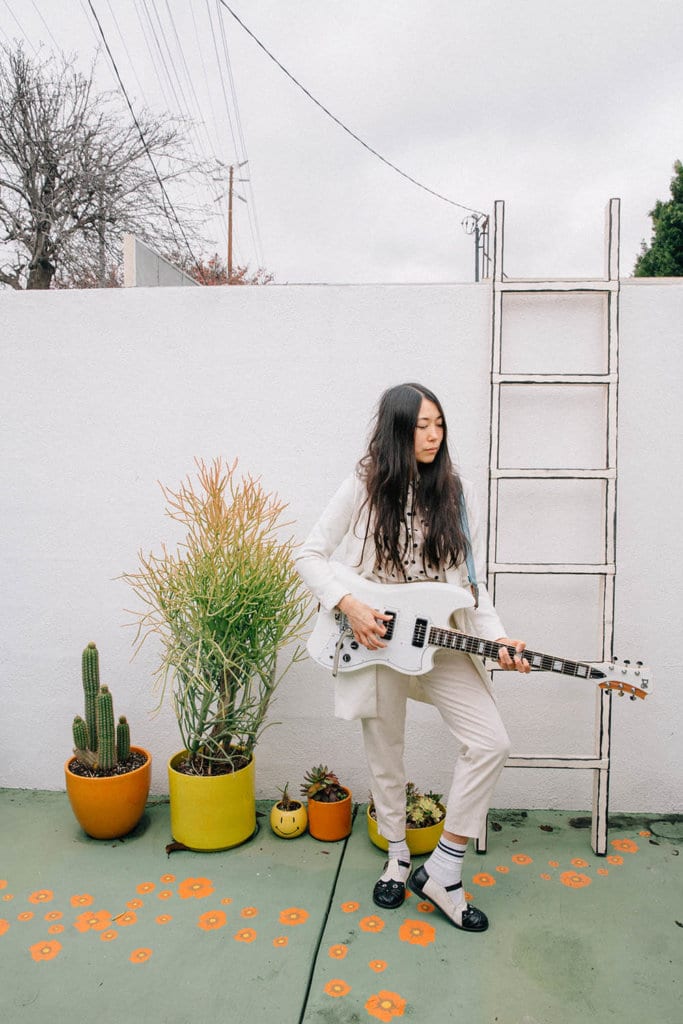
You were also a music teacher. How has that affected your music making?
I think teaching prepared me for playing shows. Basically, if you can handle 30 third graders playing tambourines and get them to stay entertained and focused, then a roomful of drunk adults is nothing. When you’re teaching, one 45-minute class is basically the same energy as doing a rock show, if not more. And you have to do, like, six a day. Now, being on tour is like a dream. It’s like, “I only have to do one a day? I’m used to doing six shows a day.” Also, I would teach four different grades, so it was like playing four different sets of different songs. Now, doing one show a day feels wrong. In my ideal world, I would have a band that opens for me that I’m also in, with a mask on or something. Then I would do my own set, so I could play two shows a day. So, if you know anyone who is looking for a masked figure and wants to tour with me…
A guitar is like a tiny orchestra. It has rhythmic elements, it has bass, it has melodic elements, it has high tones, and it has harmonics.
I always thought that touring would be exhausting. I can’t imagine someone wanting to do two shows.
I mean, I wrote and recorded my record while on tour. My dad and mom are total energizer bunnies, and both of them are in their 60s, and they still pretty much work nonstop. I think I have that same kind of work ethic. It’s probably total paranoia from having all that student debt—like, “I have to be working all the time!” So I don’t seem irresponsible.
Instead of asking you what your music is influenced by, I want to know what inspires you.
When I was first making the record, I was listening to a ton of Young Marble Giants, Gang of Four, Public Image Ltd, and Stereolab. By the end of the record, I was getting really obsessed with Neil Young, Paul McCartney, and Lucinda Williams. I was getting into songwriting music, for better or for worse. I got really into poetry too, and it inspired a lot of the lyrics. I was reading Richard Brautigan, David Sedaris, and comical poetry. A friend got me a Leonard Cohen lyric and poetry book, and that was really inspiring too. This was the first period in my life where I was obsessed with song and the song format. I’ve been making music since I was five years old and it took me 20 years to even feel like I was ready to write a song. I had written instrumental music and a million arrangements, but I had never thought I would sit down and write a song like Bob Dylan.
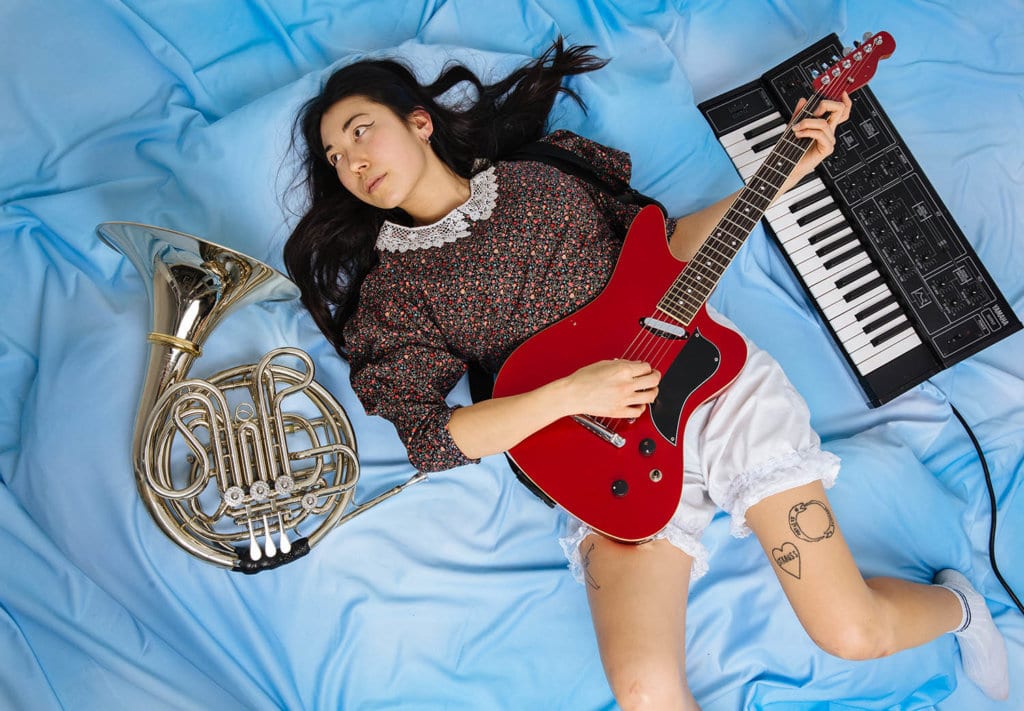
Who are you listening to now?
I have been really obsessed with Gal Costa. She’s a Brazilian singer. I’ve been really into this live record of hers, Gal A Todo Vapor. And Rodrigo Amarante. He’s Brazilian too. He did a set at the Teragram Ballroom [in Los Angeles] where he started doing solo guitar and vocals—which is really similar to the Gal Costa stuff—and brought out a band with percussion.
Probably more than ever, I’ve been listening to contemporary music, which I never did before. When I was making the record, I didn’t want to listen to contemporary music because I didn’t want to be influenced by it at all. But now that I’ve been touring a lot, I feel like it’s fun to support your friends, buy their records, and listen to them. I have been listening to a lot of my friends: Mitski, Waxahatchee, Vagabon. It feels awesome to have so many friends who inspire me.
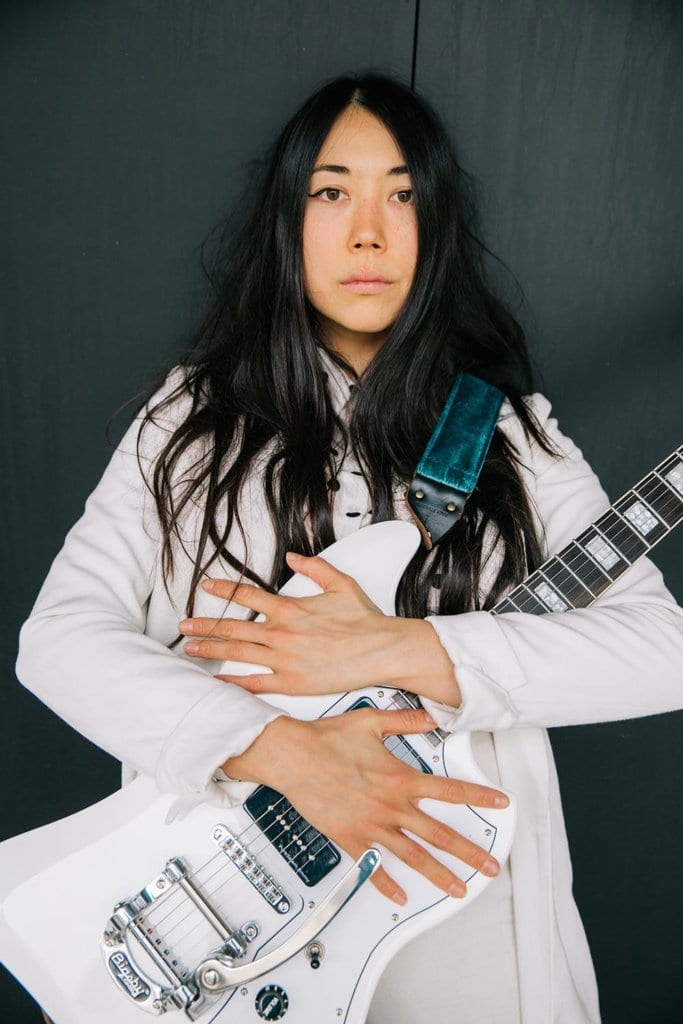
Current Project: SASAMI
Instruments: PureSalem Mendiola in red, PureSalem Tomcat in white
Amps: BacklineOther: EarthQuaker Devices Westwood Translucent Drive Manipulator, EarthQuaker Devices Afterneath Otherworldly Reverberator, EarthQuaker Devices Hummingbird Repeat Percussion, ZVEX Fuzzolo, Neunaber Seraphim Shimmer, Yamaha CS-5 Analog Synthesizer, French horn
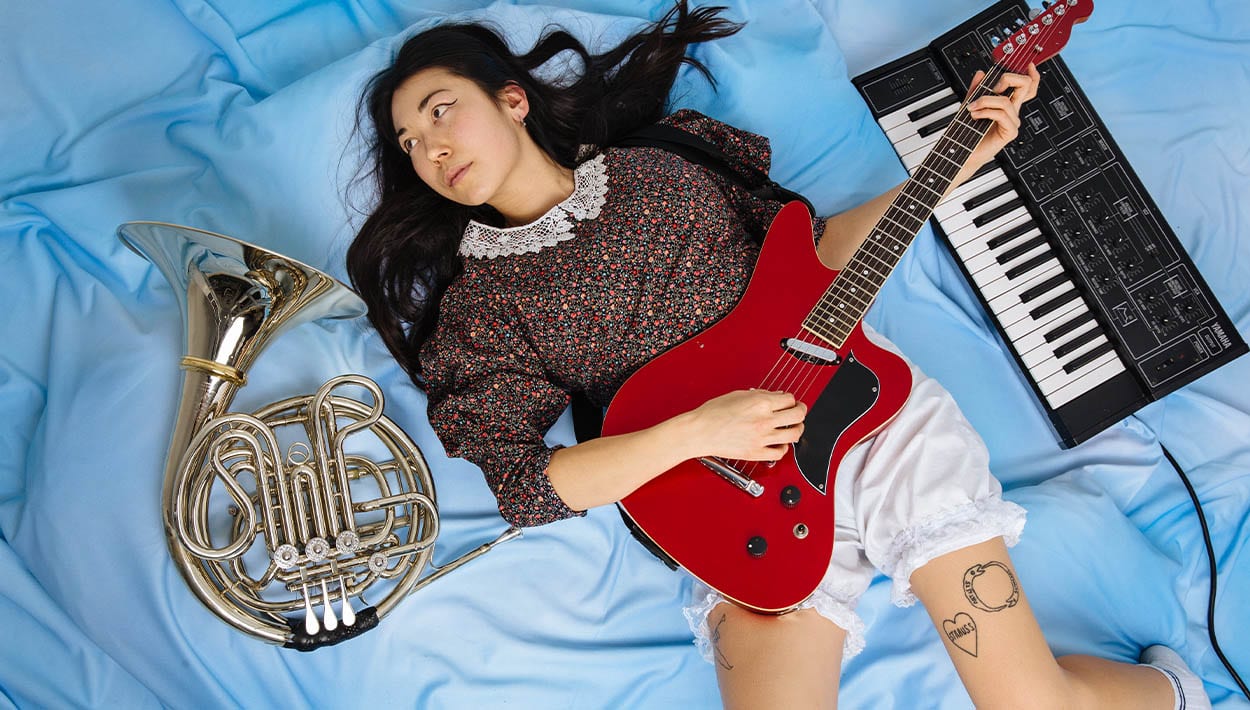

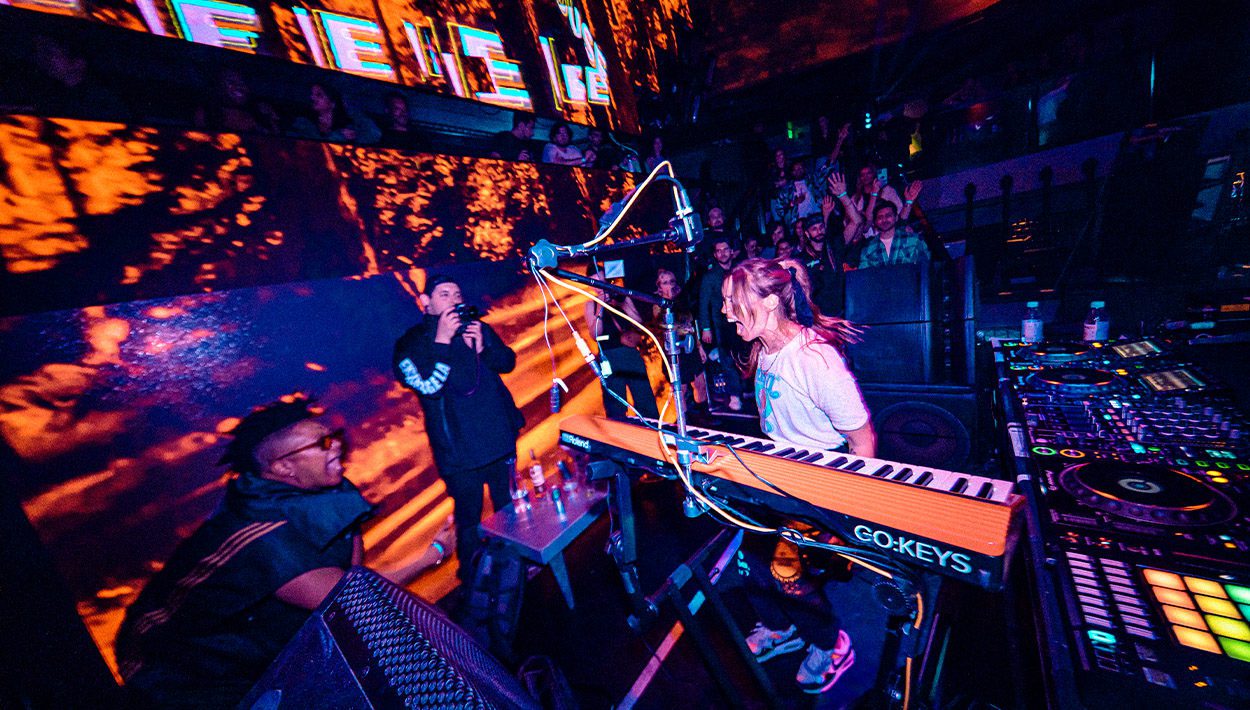
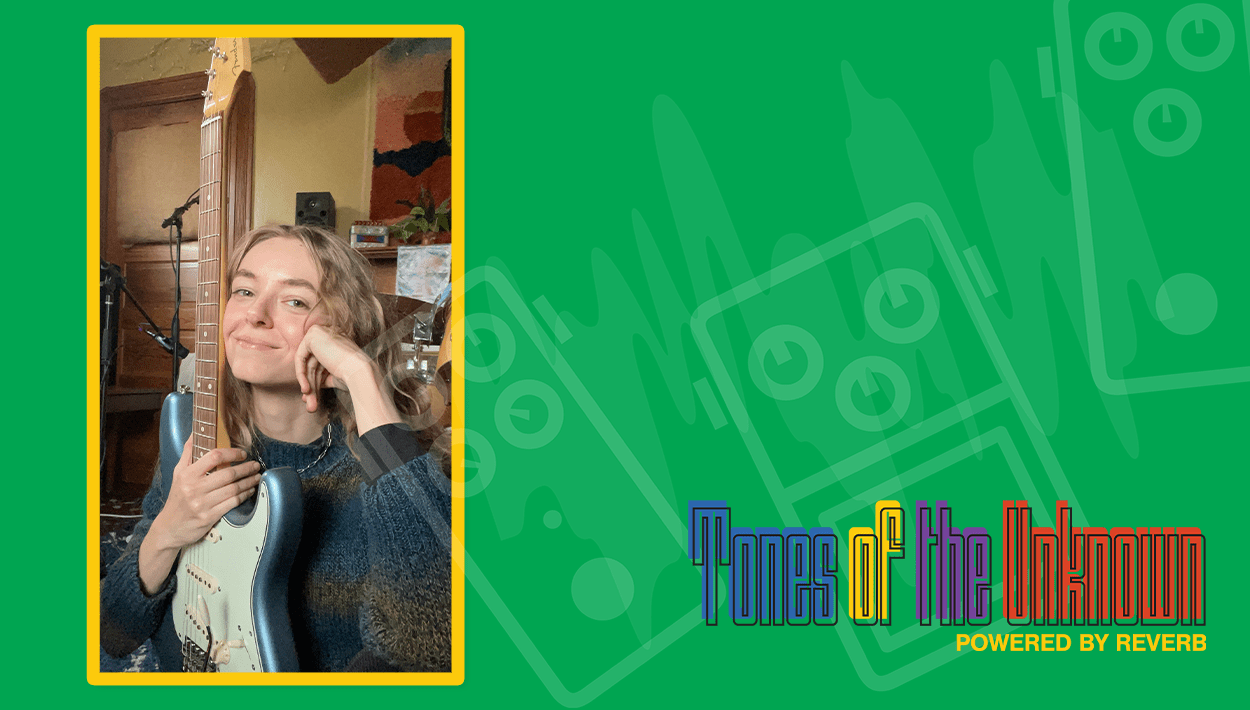
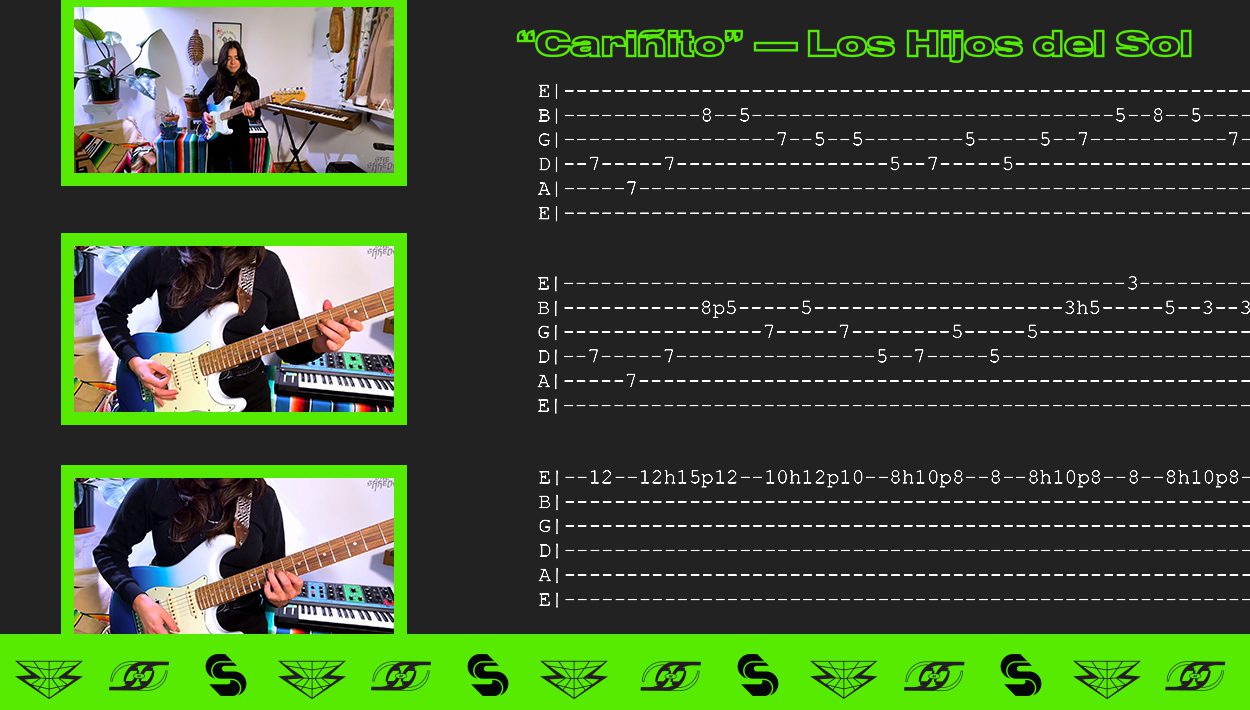
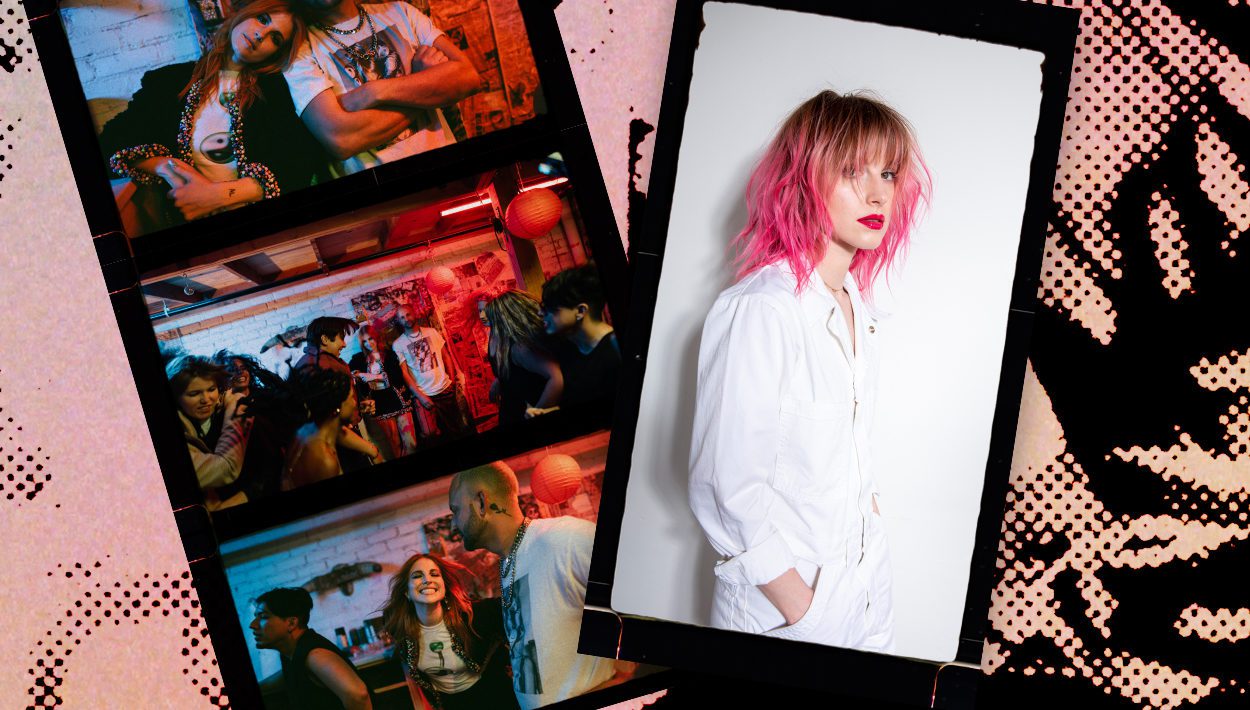

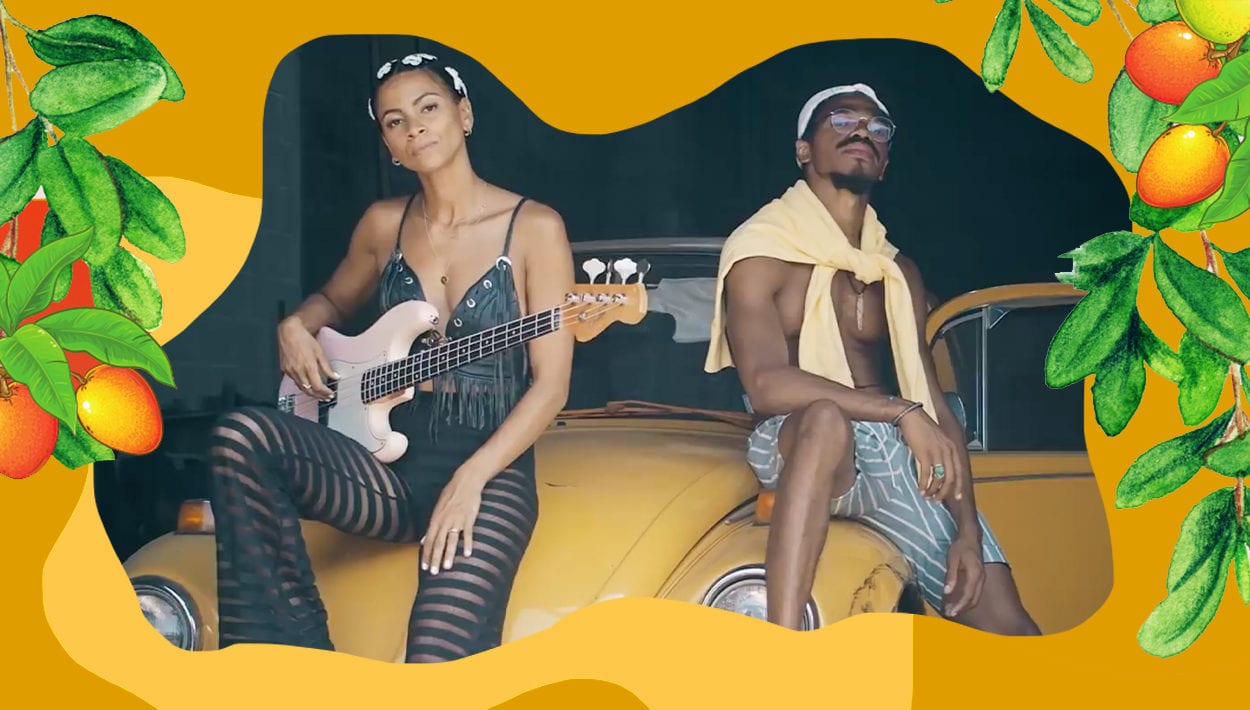
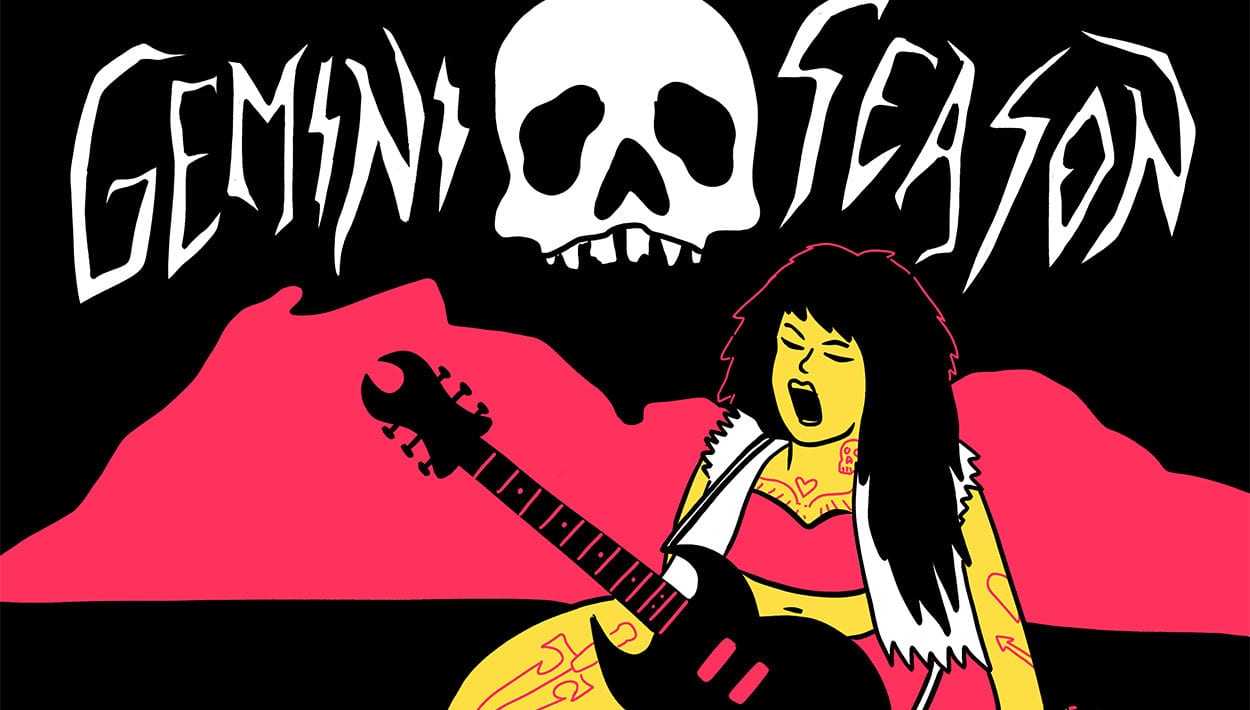

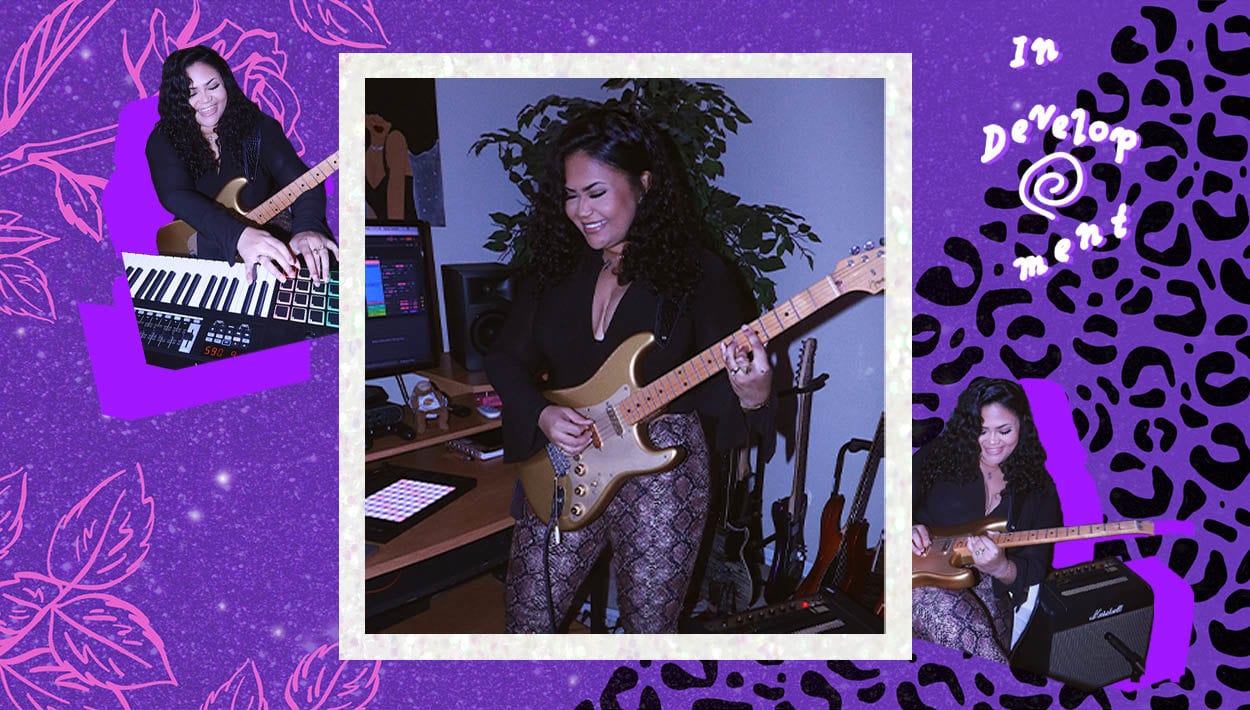
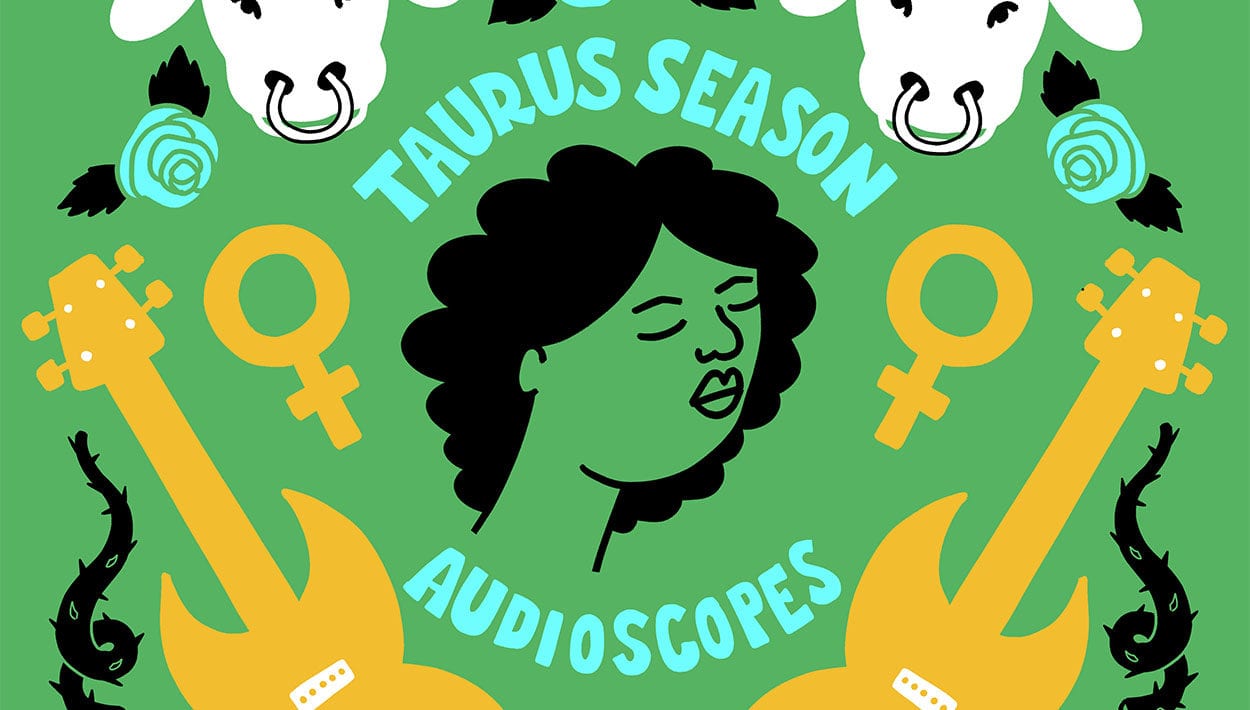


Comments
No comments yet